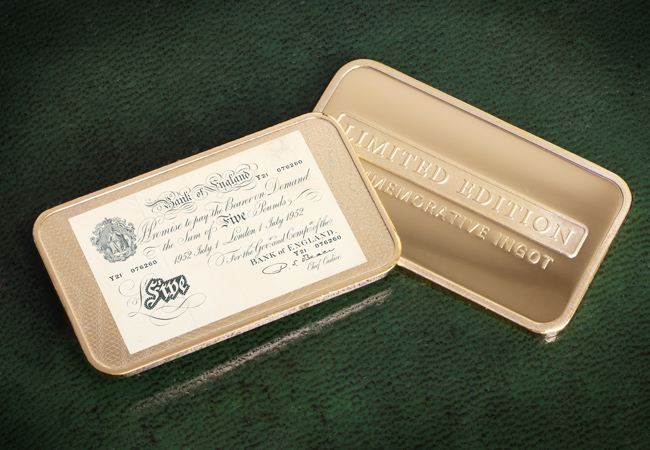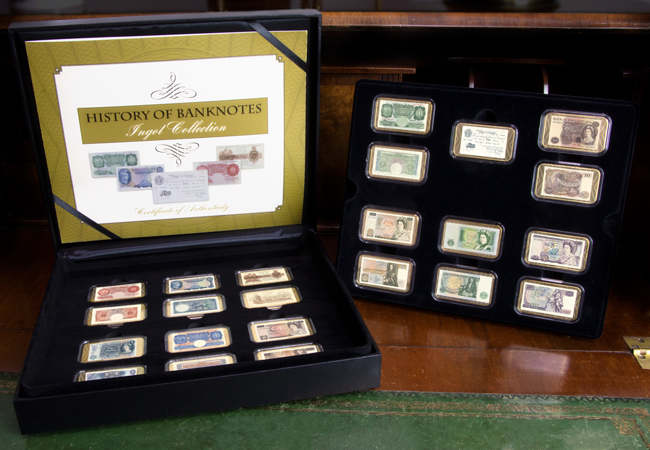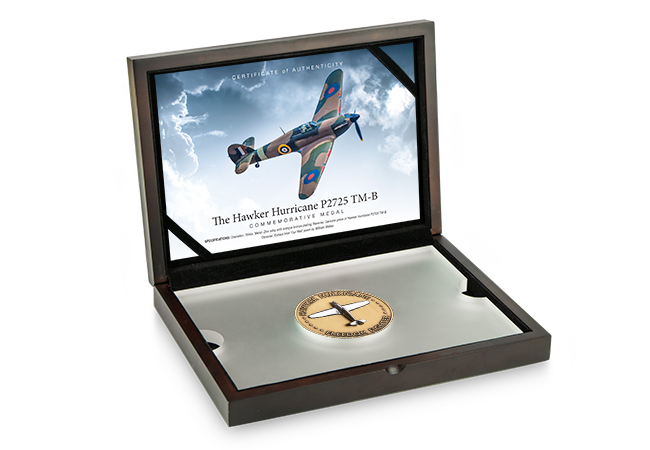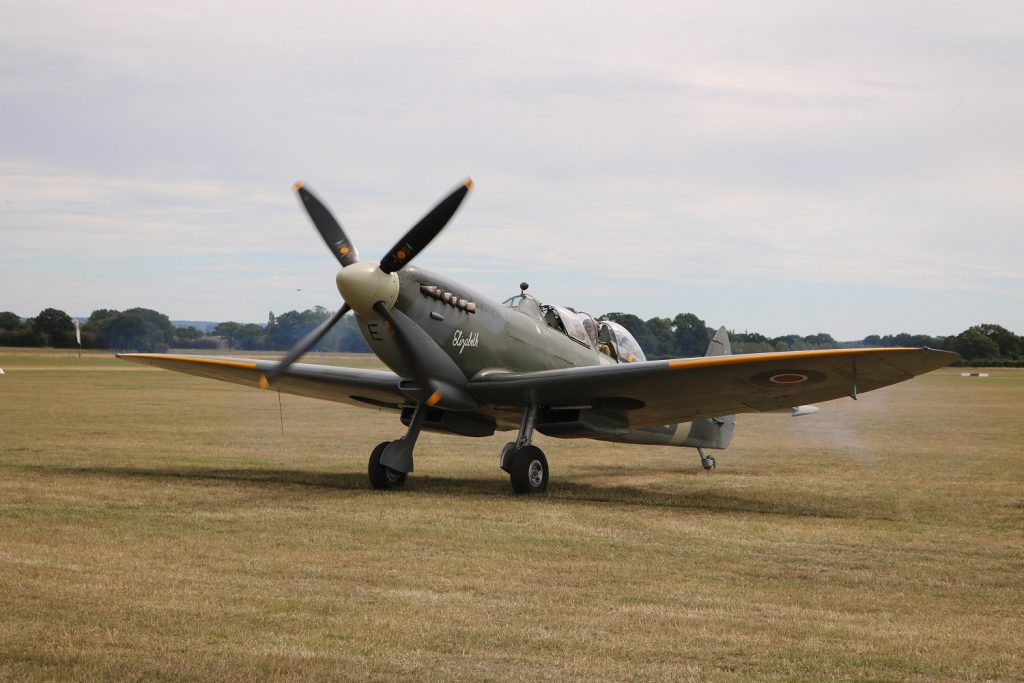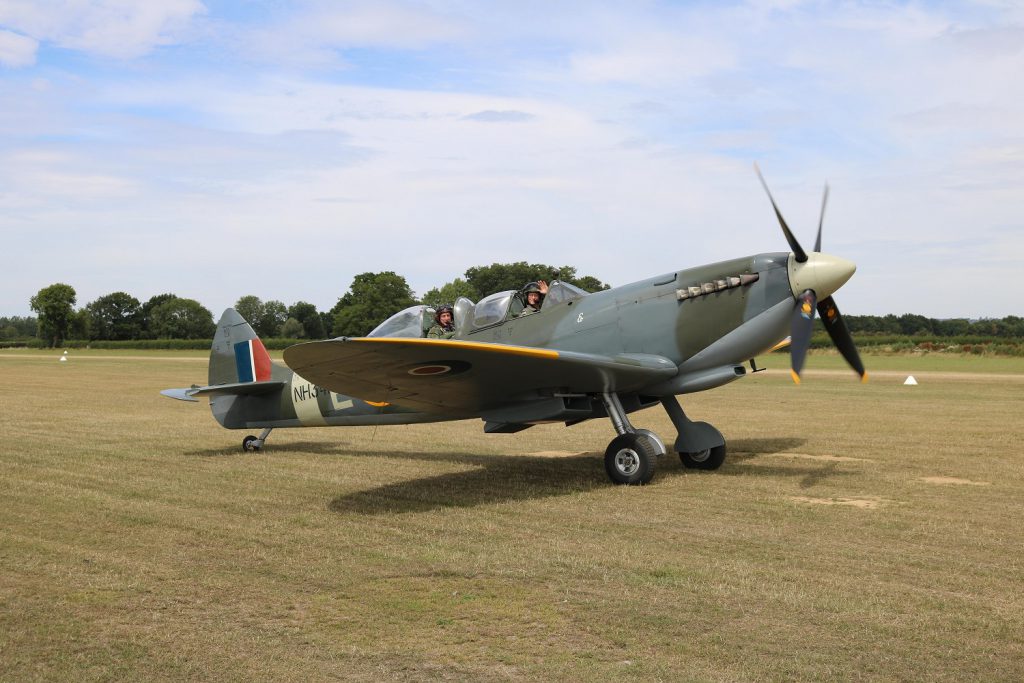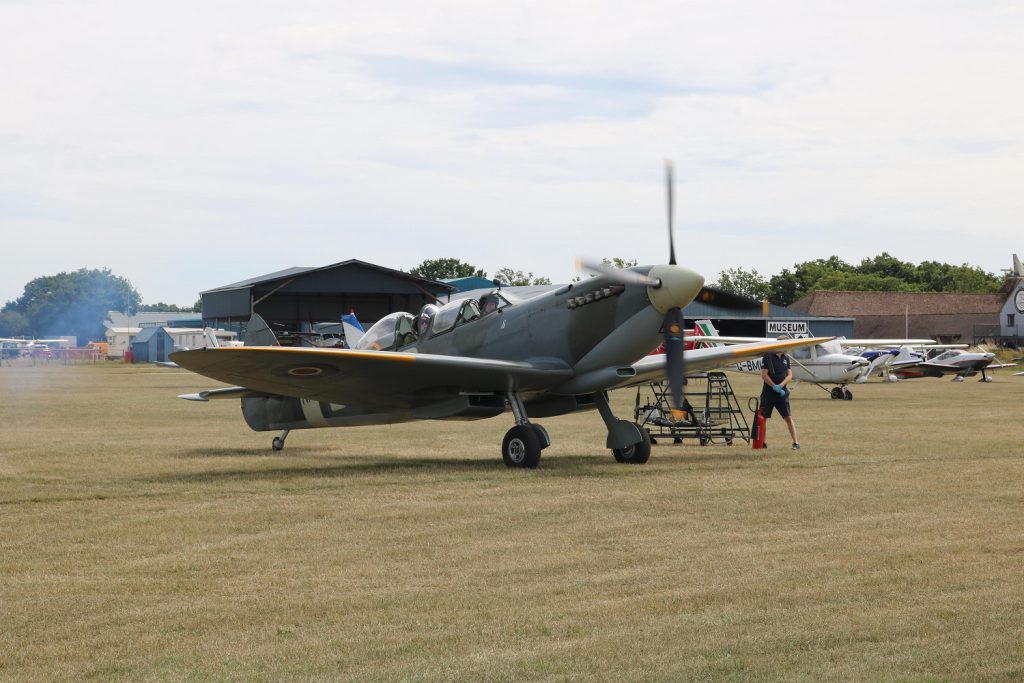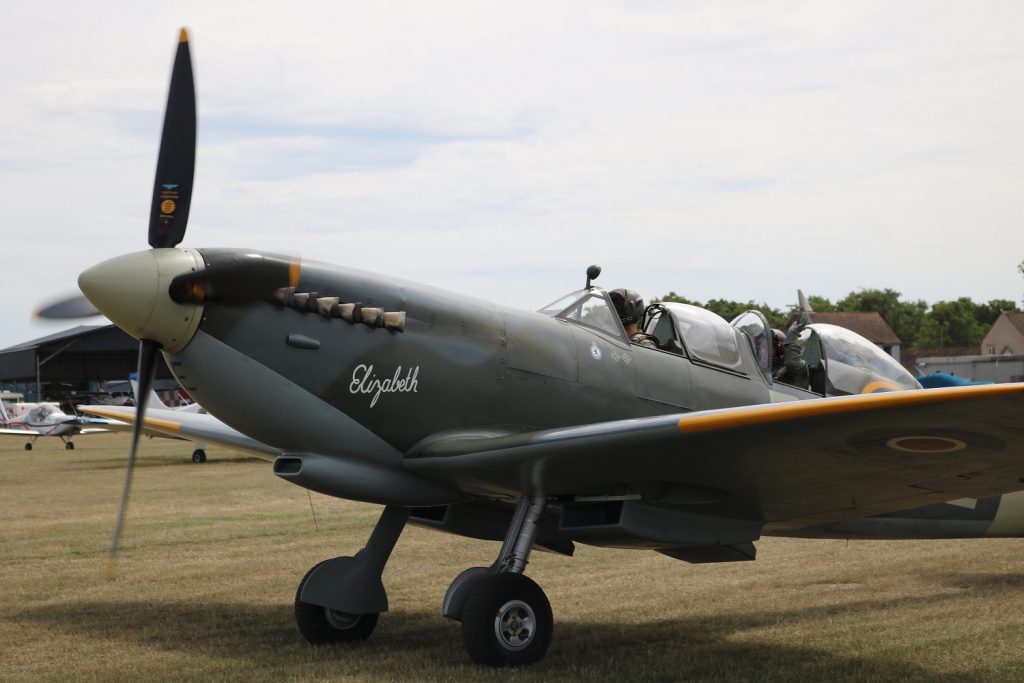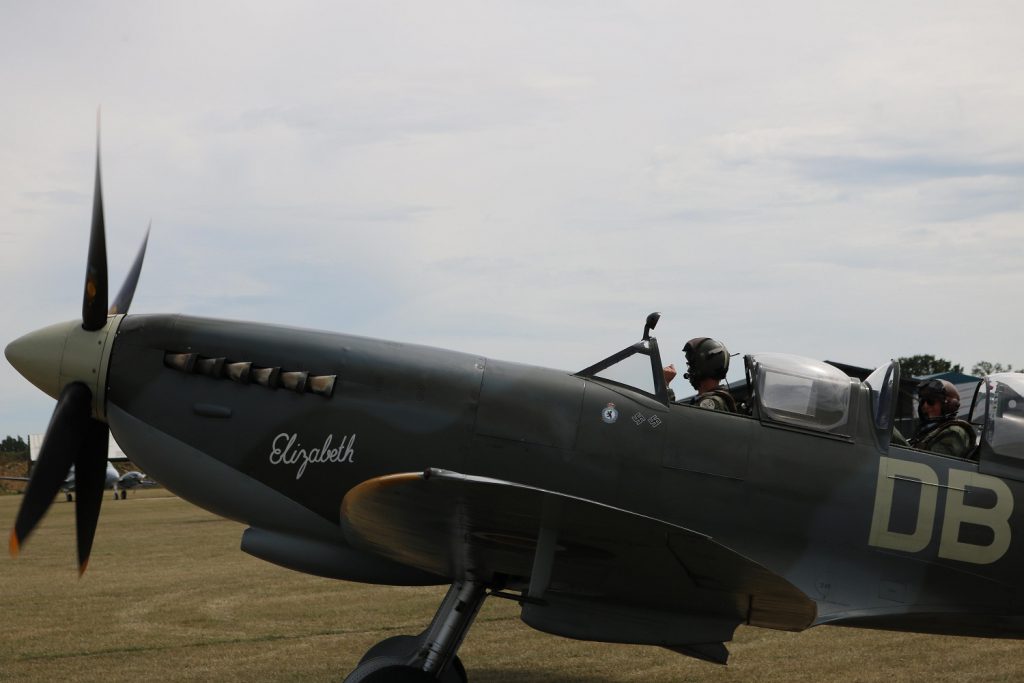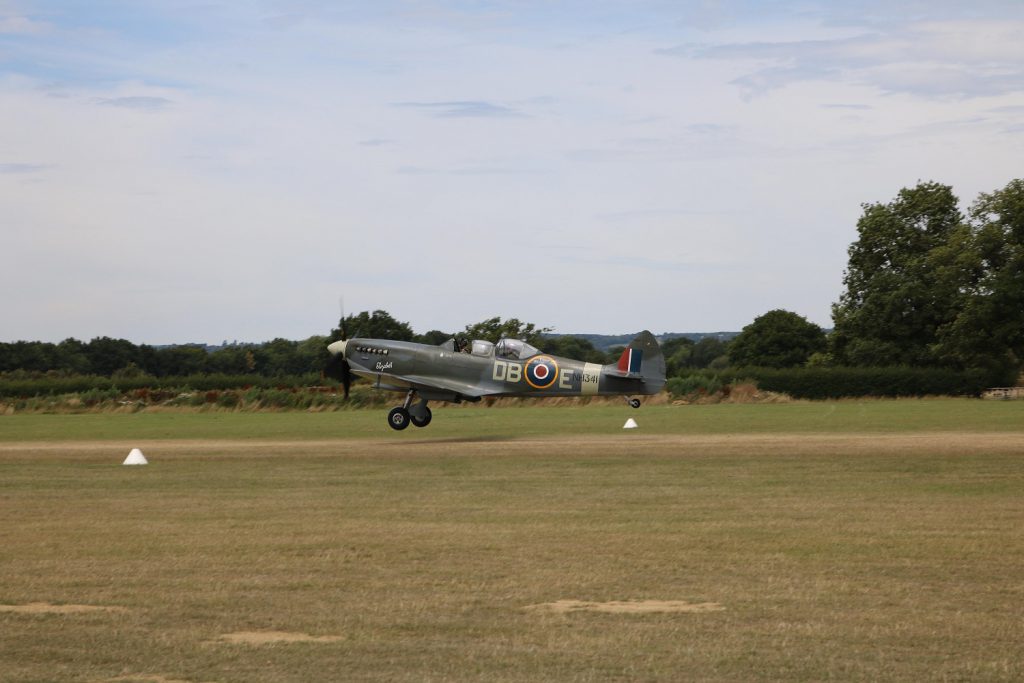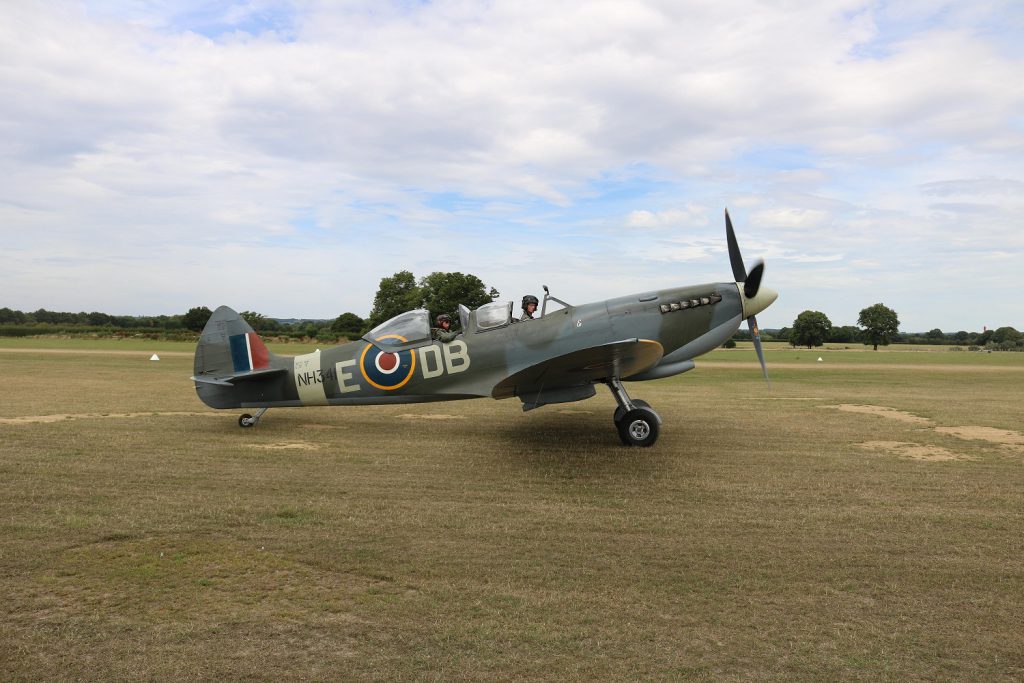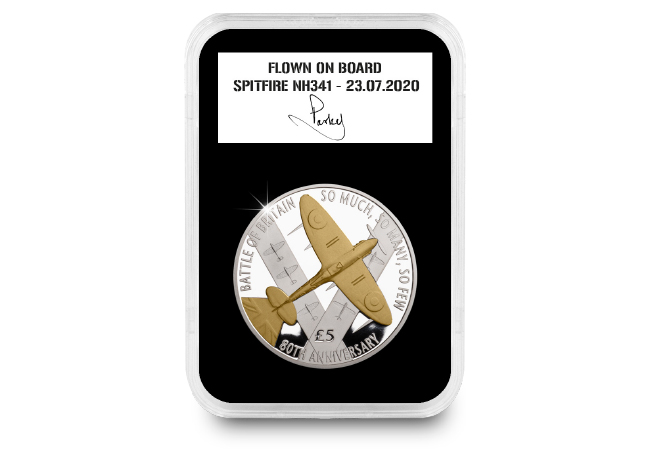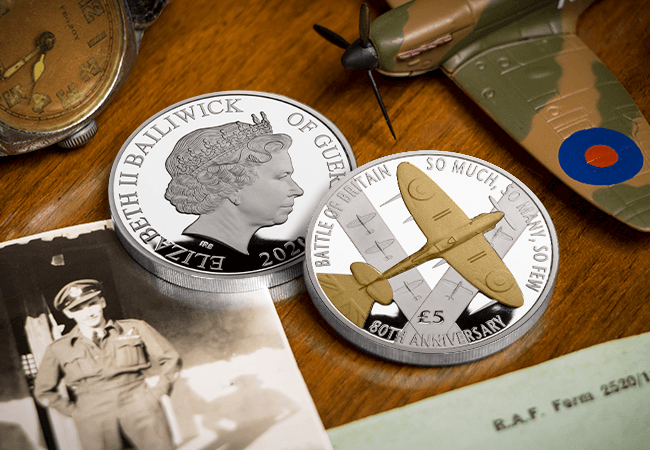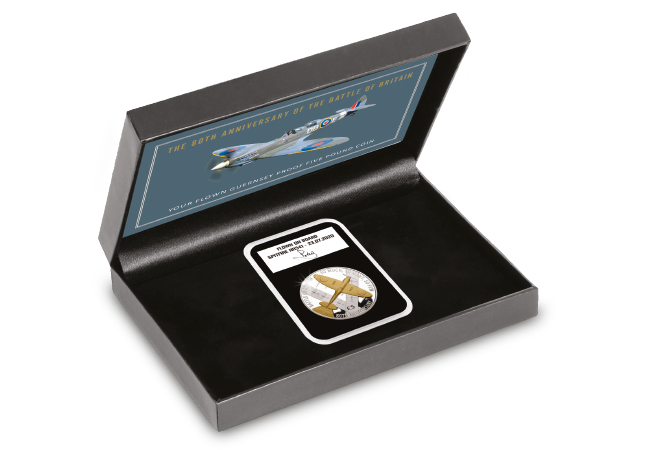Posts Tagged ‘WWII History’
Was this the most famous Banknote ever issued?
First issued by the Bank of England in 1694, Banknotes were originally supposed to be used as a receipt in exchange for gold loans to the bank. Owners of Banknotes could literally take their note to the Bank of England and exchange it for the equivalent price in gold.
In fact, all British notes still have the statement “I promise to pay the bearer on demand the sum of…” to this day.

Britain stopped using the gold standard in 1931, meaning that the right to redeem Banknotes for gold ceased. And by 1945, a metal thread had to be introduced on the £5 note following a security threat from Nazi Germany.
In this blog, we’ll explore the history of the ‘White Fiver’, why an estimated 70,000,000 of these ‘notes’ were burned and the story of one of wartime’s most over-the-top secret plots…
The Story Behind The ‘White Fiver’
The £5 note was only ever intended as a temporary measure, William Pitt, the Prime Minister at the time originally planned to take the £5 out of circulation once economic conditions improved. However, the £5 note has since become the longest serving denomination and at one point was even the highest denomination Bank of England note.
Active between 1793 and 1945, the Bank of England’s White Paper £5 note was the second variant of the denomination and became known as the ‘White Fiver‘. Much bigger than today’s equivalent (which stands at 135 x 70mm), the original paper notes were a huge 195 x 120mm.
But production of these notes was halted during World War II and a new metal thread security feature was introduced to combat counterfeiting attempts from Nazi Germany.
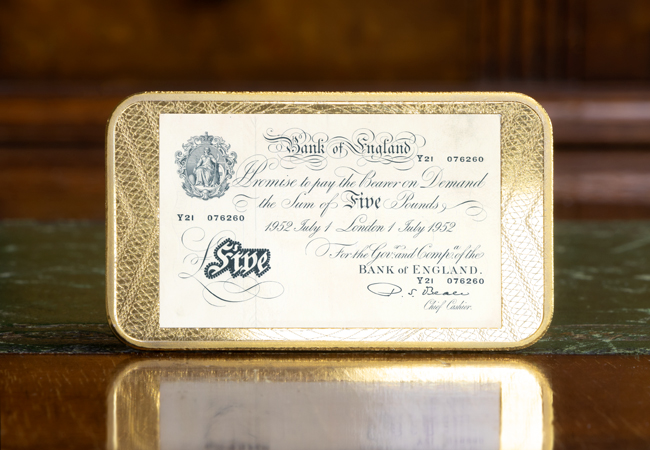
Operation Bernhard
The largest counterfeiting operation in history, Operation Bernhard was the codename of a secret Nazi plot to destabilise the British economy. The Nazis planned to drop counterfeit notes throughout Europe to cause artificial inflation of the British pound.
In 1942, production of counterfeit British ‘White Fivers’ began behind the gates of Sachsenhausen concentration camp. Prisoners worked to perfect the process, revealing over 150 secret security marks, creating identical ink, solving the serial numbering system and printing the notes. By 1945 it is estimated that 70,000,000 notes were printed by inmates – a cache of upwards of £100,000,000.
The plot never came to fruition and at the end of the war Nazis burned huge amounts of British “currency”. But the Bank of England didn’t take any chances and withdrew all circulating notes.
Unsurprisingly Operation Bernhard, as it was known, is remembered as one of wartime’s most over-the-top secret plots.
And that’s why, over 60 years since it was legal tender, the ‘White Fiver’ remains the most famous banknote ever issued…
Your Limited Edition Collecting Opportunity
Today you can own the White Fiver Gold-plated Ingot for FREE (+p&p) when you trial the History of Banknotes Collection.
Your White Fiver Ingot is plated in 24 Carat Gold and struck to a Proof-like finish, framing the famous black and white design superbly.
Just 9,950 of these White Fiver Gold-plated Ingots have been issued for collectors worldwide, a tiny number given the important part the White Fiver has played in British history.
And what’s more, you will gain exclusive access to the History of Banknotes Ingot Collection.
Introductory Offer
The White Fiver is an Introductory Offer for the History of Banknotes Ingot Collection. Each month, you’ll receive two Gold-plated Banknote Ingots for £25.00 (+p&p). Next month, you’ll also receive your FREE Presentation Case to house your collection. You can cancel your subscription at anytime. Click here to secure yours >>
The day a Hawker Hurricane SAVED Buckingham Palace
On 15th September 1940 (later known as Battle of Britain Day), the Luftwaffe launched its largest and most concentrated attack against London in the hope of drawing the RAF to annihilation.
One German Dornier lagged behind and then started heading straight for Buckingham Palace. Sergeant Pilot Ray Holmes attempted to shoot it down before running out of ammunition. Without hesitation, he knew what he had to do; he had to hit it. At speeds in excess of 400mph, they collided.
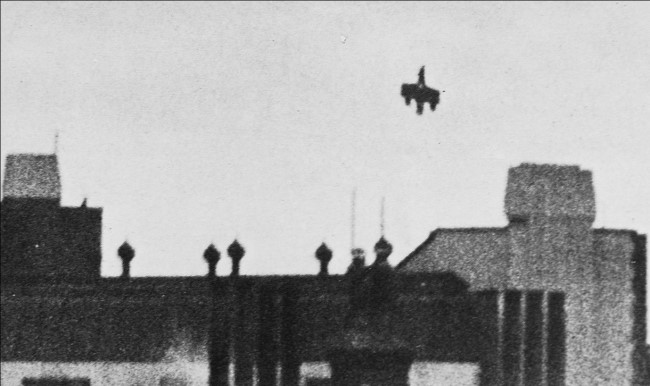
The Dornier crashed to earth, prevented from destroying the Palace. The Hurricane TM-B was also critically damaged and entered a vertical dive. Seeing there was no way to save the aircraft, an injured Holmes ejected to safety while the Hurricane plummeted to the ground, crashing where Buckingham Palace Road meets Pimlico Road and Ebury Bridge. Amazingly, these were the only two aircraft to crash on the City of London throughout the entire war.
The recovery of the remains…
Chris Bennett, a veteran of several aircraft excavations, decided to take on the project of excavating this famous aircraft; which was no easy task considering the Hurricane was buried underneath one of London’s busiest roads. After 13 years of planning and setbacks, he finally got the go-ahead to begin excavation, as well as TV production company Mentorn securing a spot on Channel 5 for a live broadcast!
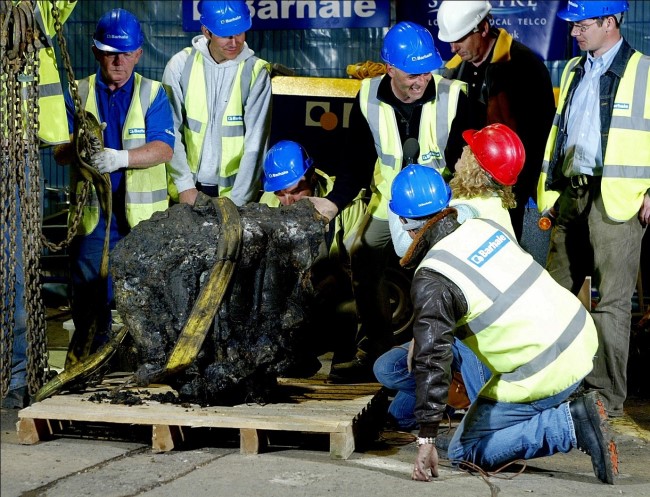
The recovered Merlin engine, along with other parts, were exhibited at the ‘Westminster at War’ exhibition in Leicester Square and then at the Imperial War Museum. The aluminium engine casing however, was melted down and cast into sculptures, the first two of which were presented to Ray Holme’s family and Her Majesty the Queen.
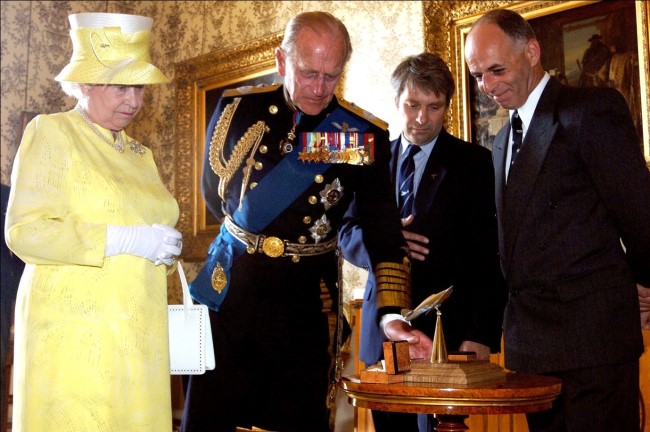
The BRAND NEW Hawker Hurricane Provenance Medal
And now, a small number of collectors have the chance to own a BRAND NEW Commemorative featuring an ACTUAL piece of the plane that Ray Holmes was flying on the 15th September 1940 when he saved Buckingham Palace!
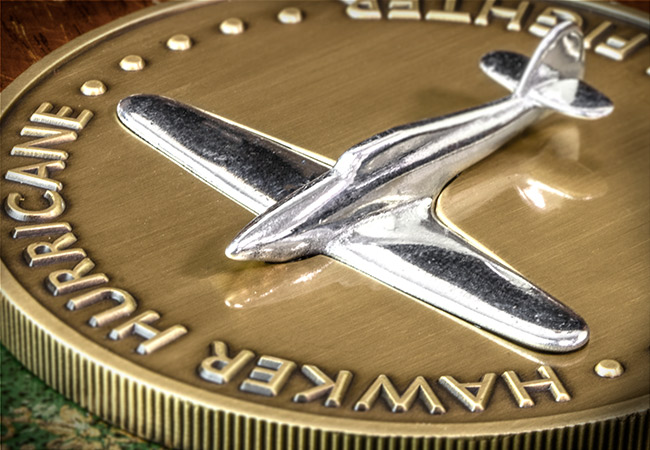
This incredible commemorative features an original piece of Hawker Hurricane, meticulously hand-sculpted into the shape of the iconic plane and precision set into the deluxe SUPERSIZE 70mm Medal.
Even without the genuine piece of Hawker Hurricane, this medal is a work of engineering art in its own right. Combined with the original piece of the Hawker Hurricane, you’d have to look for many years to find something better.
Just 250 lucky collectors have the chance to own this special new commemorative. Last year’s Provenance medal featuring a piece of Spitfire SOLD OUT in a matter of days. Click here to secure your Hurricane Commemorative while you still can!
The day we took 1,000 coins into the sky in an original WWII Spitfire…
Last month, I had a fantastic opportunity to get up close and personal to one of the world’s most famous aircraft – the Spitfire!
The iconic Supermarine Spitfire was critical in defeating Luftwaffe air attacks during the Battle of Britain in 1940, and so to mark the 80th anniversary this year, I knew we had to arrange something unique to produce a truly special collectable coin worthy of the historic anniversary.
So on the 23rd July I drove up to the historic Duxford Aerodrome to have 1,000 brand new Proof £5 coins flown in an original WWII Spitfire.

Now the purpose of my visit was to have 1,000 Official Battle of Britain £5 coins flown in an original WWII Spitfire, but I was also able to talk to RAF Flight Lieutenant Antony ‘Parky’ Parkinson in great detail about his time in the RAF and as an ex-Red Arrow ahead of the Battle of Britain anniversary. You can see Parky discussing his career and the Spitfire in the video below…
Before Parky took the ‘NH341’ Spitfire to the air, I helped him secure the 1,000 Battle of Britain Spitfire £5 coins into the wing bays which would have once held the fighter plane’s armaments while defending Britain in the skies 80 years ago. The space in the wing bays is extremely limited, hence the limited number of coins that were able to be taken to the sky.
Standing within a few feet as the famous Rolls Royce engine fired up, I watched in awe as the elegant, agile aircraft taxied along the runaway and gracefully took to the skies.
Although many 80th anniversary plans up and down the country have had to be cancelled, I am delighted to be able to give a limited number of collectors the opportunity to become the proud owner of the BRAND NEW Official Proof £5 coin that has been flown in an original WWII Spitfire plane. But that’s not all, as I was also able to arrange for them to be personally hand-signed by Parky.
The brand new Spitfire £5 coin is a fantastic commemoration of the famous plane and I am grateful that I had the opportunity to mark the 80th anniversary of the Battle of Britain with such a fitting tribute.
So I’m sure you can appreciate what a genuinely rare collectable these will instantly become and demand is expected to exceed availability. If you wish to secure one for your collection, you need to act quickly by clicking here.
Thank you to Flight Lieutenant Antony Parkinson MBE and the rest of the team at Aerolegends for helping to take the Spitfire £5 coins to the sky and for giving me the opportunity to see this famous warbird in the flesh.
If you’re interested, you’ll need to be quick as over 50% have already been reserved. You can secure the Official Battle of Britain Proof £5 coin now for JUST £35 by clicking here >>
And remember, not only will your official Battle of Britain £5 Proof coin have been flown in an original WWII Spitfire, it is also one of just 1,000 coins that have been personally signed by Lieutenant Antony Parkinson ‘Parky’, MBE.

